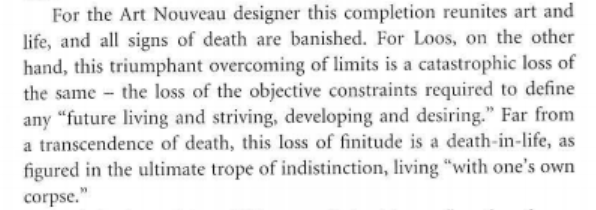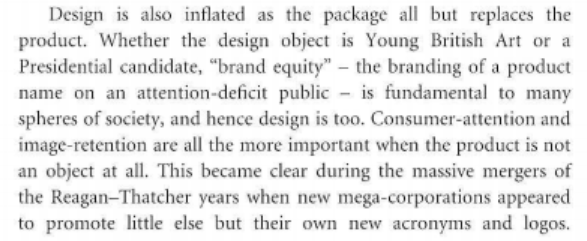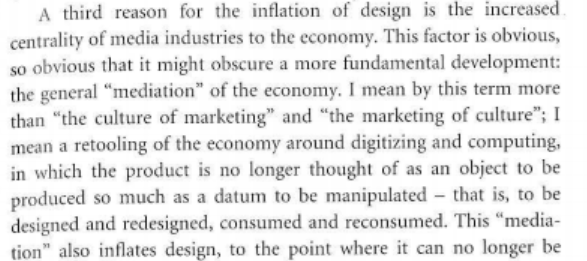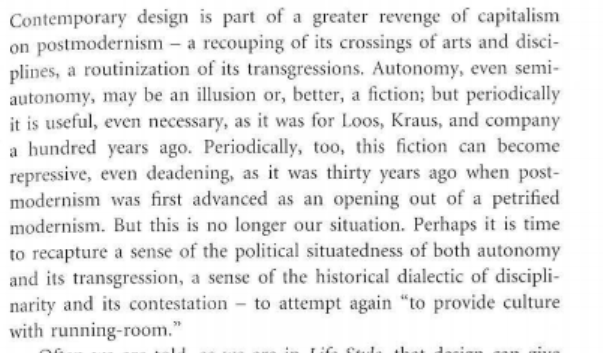I chose ‘Design and Crime’ and re-presented its main argument using the structure of ’Invisible cities’.
’Invisible cities’ is divided into nine chapters, excluding cover, contents, etc. Each chapter describes a city. Each chapter describes a city. These cities are divided according to different themes and characteristics, such as “Memory”, “Desire”, “Symbol”, “Death”, and so on. “These divisions are interspersed in a narrative structure that doesn’t seem to exist as a whole, but rather as interspersed structures that exist as separate entities, but ultimately become a whole – the book, or what I consider to be a cosmopolitan.
So I have also used the ‘rephrasing’ structure for ‘Design and Crime’ pages 13 to 26, trying to split the two core ideas talked about in ‘Design and Crime’ into interspersed arrangements to deal with them. The two core arguments on pages 13 to 26 of ‘Design and Crime’ are a critique of the design industry and an introduction to the role of design in late capitalism.
List them separately Critique of the design industry
1.From utility to decoration

2.Luxury


3. Freedom of space

4.The transformation of the designer’s role


The relationship between design and consumer capitalism
I. Branding and image-making

II.The manufacture of desire


III .Postmodernism and capitalism

Then, choose pairs to form relatively matching combinations.
Finally, determine the layout/order of the arrangement.
1,2 ,I, II,3.III,4
Bibliography:
Long, C. (2009). The Origins and Context of Adolf Loos’s ‘“Ornament and Crime”’. Journal of the Society of Architectural Historians, 68(2), pp.200–223.
Calvino, I. (2013). Invisible Cities. HarperCollins.
Foster, H. (2003). Design and Crime : And Other Diatribes. Verso eBooks. pp.13–26

Leave a Reply